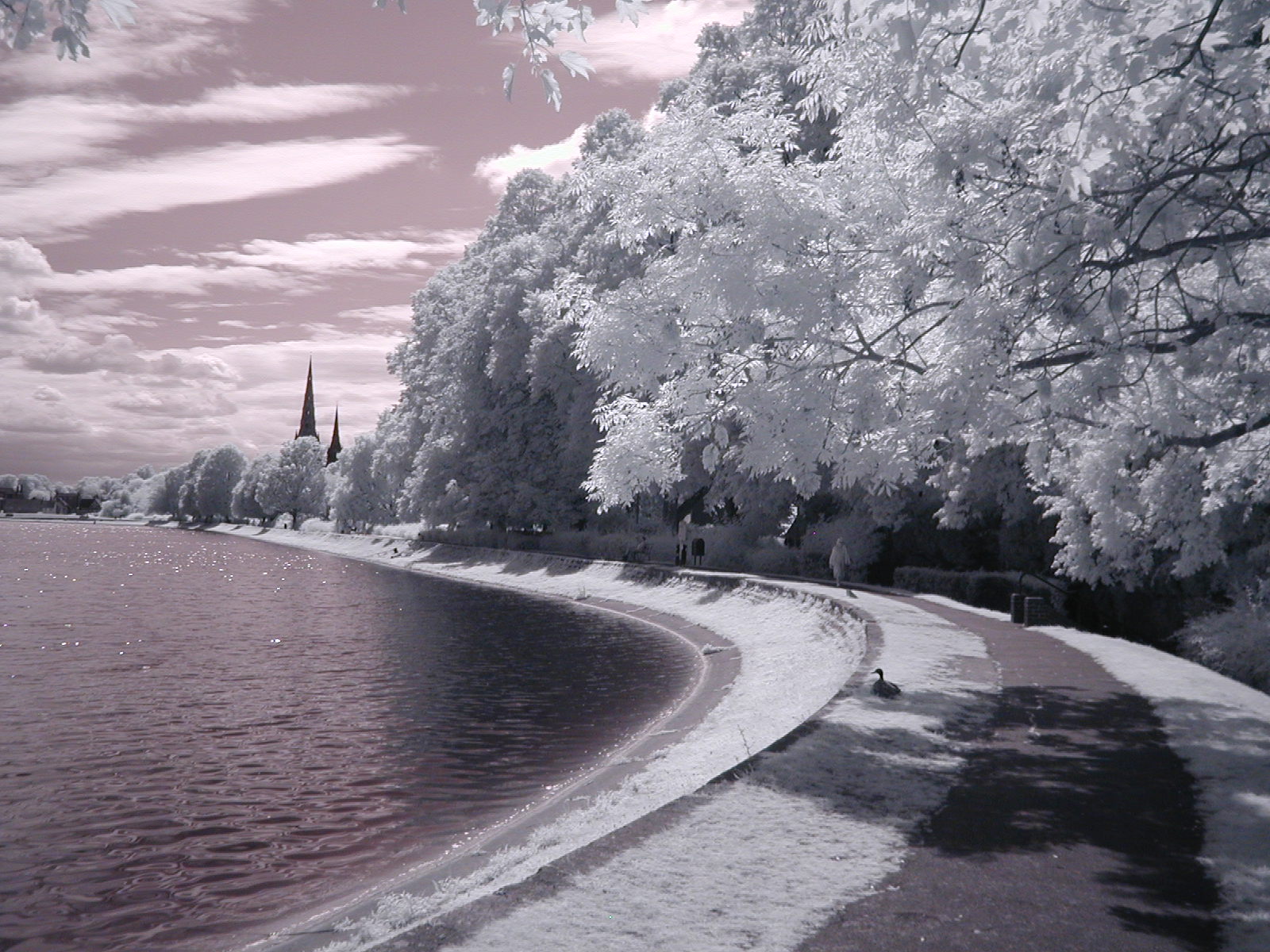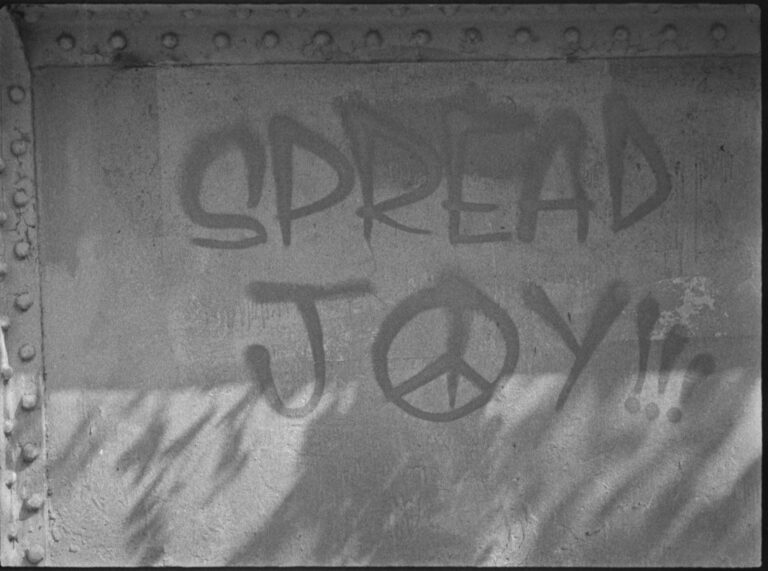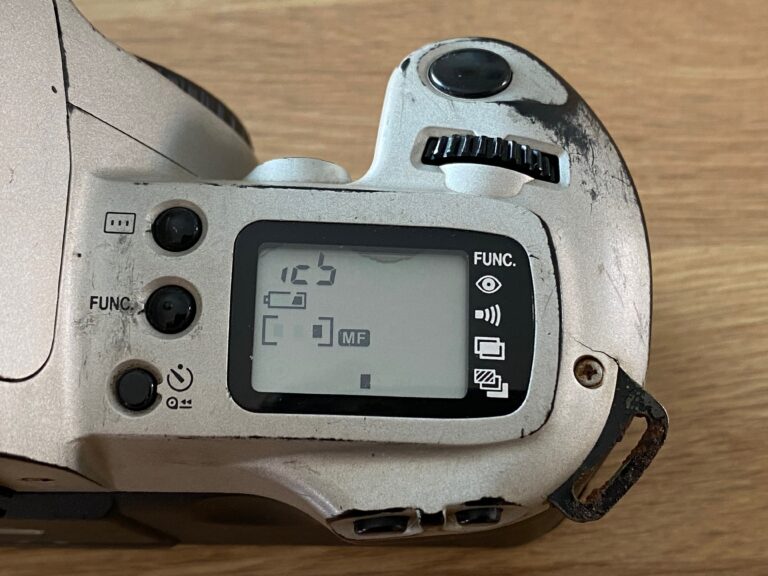In my constant search to find something interesting from the past, I’ll often pick up huge piles of old photography magazines. Not only are they a time capsule of social history, they’re also a great source of unexpected inspiration. You’d expect that most of this inspiration comes from things like reviews or tutorial features (and sometimes it does) but many times its the glorious letter pages – as it was when I found myself recently flicking through a small selection of old Amateur Photographer.
One thing that has not changed over the last hundred years is the burning rage that motivates readers to write in to magazines and newspapers. Over the years there have been thousands of gold standard, award winning irrational rants from people who are angry at change, angry at the lack of change, angry at people who buy new cameras, angry at people who don’t buy new cameras and people who are just… angry.
Every now and again, though, there’s a little gem hidden amongst them that leads to something useful, like the “what was your first digital camera” mini series that featured in some issues from 2018. Someone mentioned the Olympus C2020Z and the fact it came from the factory without a “hot” or Infrared filter which meant you could stick on an R72 filter or similar and instantly convert the camera to IR. Even better still, the live view still works when shooting IR and you can use relatively high shutter speeds. What is there not to like? Was this a really cheap and convenient entry into the world of IR photography or something of a waste of time?
Lets find out…
Not another Olympus…
The C2020Z came out in 1999 and was a refinement of the successful and well received C2000. The C2000 was a good camera for the time, sporting a very respectable two megapixel resolution and optical zoom lens. It also had some annoying design quirks such as a power button that looked a lot like the shutter which resulted in people powering off their camera when they meant to take a picture. The C2020 was launched alongside a 10x zoom variant in the C2100uz and a Nikon model, all of which shared the same sensor, fitted without an infrared filter. Arguably the C2100 is a better bet for its lens alone and the fact you don’t need adapters to use a filter.
Olympus were on a roll at the turn of the century, releasing relatively well built digital cameras that all used the now dead Smart Media memory card format. I’ve previously looked at the Camedia C860L, a 1.2MP compact digital which was released some months after this 2MP C2000 series, but the two share a relatively consistent design language and user experience including the inexplicably stupid panorama mode which only works if you have a very special Olympus branded memory card (which no one does).
One thing they also share is a terrible battery compartment. The C860L destroyed itself before I could even start, but it appears that the C2020z was renowned for having a battery door that no one could operate from day one.

Although the battery door on my camera works, I’m fairly terrified of changing batteries in a 25 year old camera that is bound to be suffering from brittle plastic disease and has a battery latch that relies on super human force to close.
Buying a C2020 is straight forward, there are lots available on eBay but prices, whilst reasonable, are not pocket money cheap. I bought the cheapest working copy I could find for £16.32. Since eBay introduced “protection” fees, prices have all gone up (who could’ve guessed?) and are now weird amounts.

As of writing, the next cheapest I could find was £27, but this isn’t where your spending ends. To shoot infrared you’ll still need a filter, but you can’t just screw a filter to the front of this camera despite the lens mount being threaded. When you turn the C2020 on, the lens extends by a good inch out from the front of the body and as such you need to buy the extension ring or “Camera Lens Adapter” as Olympus called it. This is a long since discontinued product but can be found for between £5 and £15 depending on whether your luck is in or not.

This, not for the first time in my life, is where I totally failed to pay close attention to what I was doing. The adapter converts the thread size from 41mm to 43mm, so I went on Ali-Express and ordered the cheapest IR filter I could find with a 43mm filter. I still don’t understand how their prices work, because for £5 I had a filter flown half way round the world in a week for a third of the price I could find one here in the UK. How is that possible?
The filter fits and works perfectly, but there’s a problem. Olympus in their infinite wisdom made the CLA-1 not quite long enough and so it isn’t just a straight up camera to filter converter. On top of the CLA-1 extension you are supposed to screw yet another step up ring converter into and then your chosen accessory on top of that. Mine arrived with a 43-46mm step up ring but I’d ignored this detail. Without this, if you put the filter directly on the CLA-1, the lens comes out and hits the glass before retreating again and playing all kinds of nasty warning beeps.
I thought about it for a minute and decided that because I won’t be using the camera for anything other than IR I might as well take my cheap filter which just happens to fit neatly inside the step up ring and just glue it in place. It’s not ideal, it’ll probably fall out over time, but it works and didn’t fail during testing. It was cheaper than correcting my mistake with a new filter at least…
This has not been a super cheap exercise. It has cost somewhere around £35 (including postage fees here and there) to get a working, two megapixel IR camera. For reference, there were a couple of auctions for IR converted Nikon D70’s or similar for roughly £120-150 depending on condition and whether lenses were included. Whilst the Olympus is obviously cheaper, the image quality, resolution and lack of changeable lenses all work against it.
Foliage time

Anyone who has spent even a few minutes looking into IR photography will know that you need three key ingredients – sunlight, foliage and contrast. Plants and leaves appear to give off bright white light in Infrared, skies are shades of red whereas areas of water look pretty much black which probably explains why combinations of rivers, reservoirs and so forth are all very popular in IR photographs.
Infrared photography is an entire field of expertise in itself and I have absolutely no prior experience of it whatsoever. I looked in to it with IR sensitive films some time ago and my understanding was that you needed very long exposure times and consequently a decent tripod as a minimum. I decided to leave it for a future project and so my biggest surprise was that when you turn on the Olympus C2020 you can see a live view of the IR scene in front of you. Is this the same on IR converted DSLR’s? If they have live view, probably? It could depend on the type of conversion that’s been done. Honestly? No idea.
The live view really helps because “seeing” IR is a whole new mindset. Things that would normally be totally boring and not worth your consideration suddenly become quite fascinating. Those large areas of trees and bushes that are pointless mounds of green in a colour photo are now luminescent wonderlands that reveal whole new compositions that didn’t exist before. Trying to work this out in your head is extremely difficult, so being able to pan the camera around looking for things that might be good is a bonus.
The only issue with the whole bright sunny day requirement is the LCD and the fact it was made in 1999. If there’s one thing the LCD on this camera can’t cope with it’s… bright sunny days. It is utterly useless in daylight, let alone direct sun, and you have to shield the screen to get even a remote idea of what it is attempting to display. I found myself scanning about with a hand over the top of the screen trying to vaguely frame things up and then just shooting several frames roughly in the right direction. There is an optical viewfinder, but it isn’t easy to use due to its tiny size and especially difficult to use if you’re wearing glasses or sunglasses to shield you from the bright light…
Design has come a long way

The C2020 has several “of its time” design quirks. When released, reviewers commented that the previous C2000 model had a power button where you’d expect the shutter button to be. This camera definitely improves on that by moving the power switch to be part of the mode dial, but this still didn’t stop me repeatedly pressing the top of the mode dial rather than the shutter button on multiple occasions. I don’t know whether this is just a “me thing” but my finger kept naturally coming to rest there, rather than on the shutter as it should.
The menus are ok and reasonably logically laid out. I didn’t need a manual to work out how to change the various settings, but the image quality setting is enough to drive you round the bend. The camera has several quality settings – SQ, HQ and SHQ. You can select the level of compression used in each mode and this is where things get slightly murky. In SHQ mode you can choose from uncompressed TIFFs or low compressed JPG files. TIFF’s will fill even a 64mb Smart Media card after about 6-8 images, so the most sensible option is to go for low compression JPG’s. Job done, right?
No.
Whilst the camera will happily remember whether you wanted JPG or TIFF, it reverts back to HQ images every single time you turn the camera off – and you really do want to turn the camera off to save batteries. Why is this a problem? Because the “high quality” images are 2MP JPGS with high compression applied. They look ok at a distance, zoomed out to roughly 50%, but viewed at 100% (and you will view them at full size due to their 1600×1200 resolution) you can see all kinds of artefacts that look like scan lines from old CRT tv displays. Why Olympus decided that you can store one setting but not another is beyond me, but it is so frustrating to discover you’ve just taken a whole series of images at the wrong compression setting.

Other than this one infuriating quirk, the C2020 is actually a very reasonable camera considering its 1999 vintage. Back then, you’d have been more than happy with the image quality, range of settings and performance. Although, you’d have needed shares in Varta to keep this thing going with batteries if you liked to use the live view to compose your images.
Olympus definitely thought about the battery consumption issue, though, and designed the camera to default to the screen being turned off when you power the camera on. If you use the optical viewfinder and the information LCD on top of the camera, you can take hundreds of shots before the batteries give up which is a pretty reasonable compromise considering the limitations of both computer and battery technology at the turn of the millennium.
Conclusions and learning

Infrared photography is definitely a lot of fun and its ability to turn average, harshly lit scenes into something interesting is definitely a bonus. I can see how some people suffer from infrared burnout because they discover this whole new world of photographic opportunity and then do nothing but take pictures of various trees and bushes in the hope they make a magical and dramatic image.
The Olympus C2020 could be seen as a great, cheap method of giving IR a go to see if it is something you’d want to take further in the future. For around £35-40 you can buy camera, step up ring/adapter, IR filter and be on your way, but is this really a sensible investment?
By todays standards, the image quality is bordering on unacceptable, especially in terms of dynamic range. Using the camera purely with an IR filter actually helps so mask a lot of the deficiencies but there’s no escaping the fact you’re shooting with a camera which is a quarter of a century old and in electronic terms, that’s approximately 3000 years. This isn’t like 35mm film SLR’s where it doesn’t matter if your camera is 75 years old, as long as your lens is reasonable, you’ll take the same quality photos as anyone else using the same film in equal conditions. The age of digital tech really does matter.
Then there’s the quirks of the camera itself. Smart Media cards were dead in the water before they got going and capacities never made it over 128mb. A card that size is £20 these days and that will store approximately 11-12 of the highest quality images if you remember to change the quality setting every time you power it on. Lets not forget that this doesn’t increase the physical size of your images past the 2MP 1600×1200 limit of the sensor in the C2020, it just removes the huge compression added by the default settings.
By the time you’ve factored in all costs, you’re sneaking up to around the £60 mark and by that point you’re in for a penny, in for a pound and you might as well save up for something a little more spectacular – something like this seems quite a good deal to me:

The only thing you’d miss with a camera like that is the lack of live view, which would change your approach to more of a shoot, review, refine cycle rather than the convenient preview you’d get with a camera like the C2020.
Don’t get me wrong, the C2020 has a lot going for it, but I think it is just a little too old now to recommend in any kind of serious way and I don’t think IR is something you can truly do on a shoestring budget, at least not unless you happen to have access to some precisely cut filter glass so you can modify an old camera and it isn’t as simple as just whipping the glass off the front of a sensor. With a DSLR, you have to replace that glass with either IR or clear glass of the exact same thickness (which is always a weird size) and even then you’ll need to do some micro adjustments to the AF.
All in all, if you can find one of these for £5 in a charity shop or online, it’s worth it just for the fun of turning the world into a glowing light show. If you’re serious about starting out in IR, however, I’d be saving my pennies for a D70.
Share this post:



